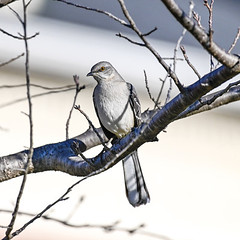who will build the road to Dulles
 The “road to Dulles” cheerleading is beginning to swell – see the November 1 news story.
The “road to Dulles” cheerleading is beginning to swell – see the November 1 news story.
Sometimes, the cheerleading is for the extension of Route 234, north of I-66 to meet Loudoun Parkway at Braddock Road. Other times, the “hey, you gotta build this road, because…” chanting is for the Tri-County Parkway route, extending Godwin Drive from Sudley Road north through Bull Run Regional Park in Fairfax County.
Realistically – there won’t be much, if any, funding for new transportation projects in Virginia, now or in the future.
But now we know how county politicians claim the new road(s) will be funded.
Most (or all) of future revenue increases for transportation from:
– reallocation of General Fund revenues away from existing programs
-one-time Federal stimulus funding
-one-time funding from state asset sales
– increasing county debt through bond sales
– even higher taxes after this recession ends
will be gobbled up by increasing bridge/road maintenance costs.
Also, any new funding intended for construction will have to dedicate a substantial percentage to transit projects, and maybe even trail development. Prince William’s transportation bonds since 1988 have been exclusively for highways, but roads are unlikely to get 100% of funding now.
(The TransAction 2030 proposal – a compilation of “wish lists” often described as a “plan” – also included light rail from Manassas to Dulles, up Route 28. That light rail project was estimated to cost $1.5 billion, up from the $790 million estimate in the NOVA2020 plan.)
So the solution-du-jour is to propose toll roads. County officials now claim that private companies will finance the road to Dulles, in exchange for public guarantees of revenue and freedom to raise tolls.
Next time you hear this claim, ask for some financial basics. Ask how big a toll will be necessary for a private company to recover its investment. We know the projected toll for the HOT lanes, so ask for equivalent projections for the toll road to Dulles.
After all, the county’s Transportation Department has determined the average number of vehicles expected on the extension of Route 234 and on the Tri-County Parkway route. The county’s Transportation Department can estimate the cost to build each route, if only by multiplying number of lane miles X average cost/lane mile for that type of road, plus the average annual maintenance cost for the roads.
It ought to be simple math to determine the revenue required each year to cover operations and maintenance, pay back the money borrowed for construction, plus earn the investors a profit for venturing their capital. Pick the right numerator and denominator and, voila! the estimated toll will be revealed.
(Psst! If that toll is too high for your pocketbook, what will the county officials propose? Watch out for proposals to issue county road bonds to subsidize a road to subdivisions in Loudoun, on the wrong side of Dulles airport from the entrance, while claiming such a road is more important than all the other economic development investments that Prince William could make…)

Leave a comment